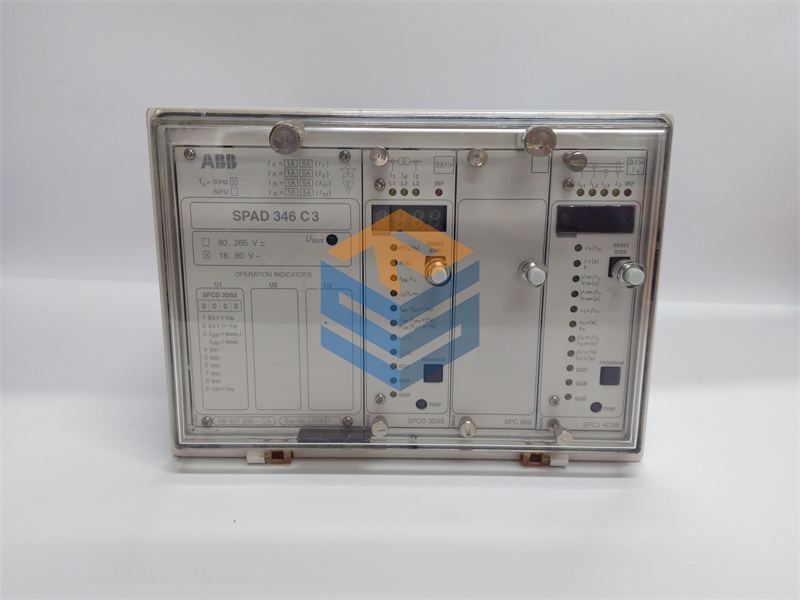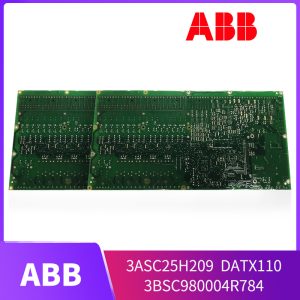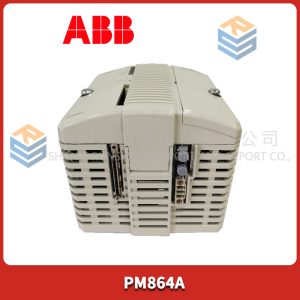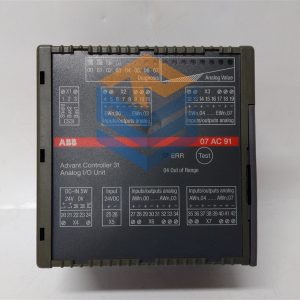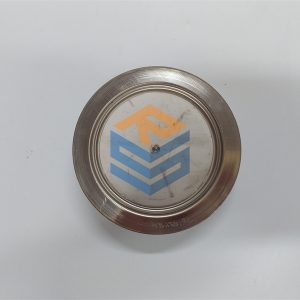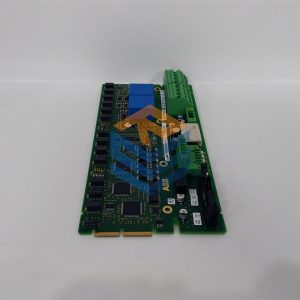Description
The earth-fault relay SPAJ 110 C is a secondary relay that is connected to the current
transformers of the object to be protected.
The earth-fault current can be measured
either via a set of three phase current transformers in a residual current connection or a
window-type core-balance current transformer. When a core-balance current transformer is used, it should be secured that the
repeatability of the current transformer is sufficient also at high earth-fault currents. When
an earth-fault occurs, the relay delivers an
alarm signal, trips the circuit breaker or starts
an external auto-reclose relay, depending on
the application and the configuration of the
relay.
When the energizing current exceeds the set
start value I0> of the low-set stage, the earthfault relay starts. When, at definite time operation, the set operate time t> or, at IDMT
operation, the calculated operate time t>,
expires, the relay operates. In the same way
the high-set stage starts once its set start value
I0>> is exceeded and, when the set operate
time t>> expires, the relay operates.
The low-set stage of the earth-fault relay can
be given either definite-time or inverse-time
characteristic. At inverse time characteristic
four inverse time curve sets with different
steepness are available: Normal inverse, Very
inverse, Extremely inverse and Long-time
inverse. These curve sets comply with the BS
142 and IEC 255 standards.
The start signal from the earth-fault relay is
received as contact function. The start signal
can be used, for instance, for blocking cooperating protection relays.
The relay contains one optically isolated logic
input for external incoming control signals,
generally blocking signals.
Data communication
The relay is provided with a serial interface
on the rear panel. By means of a bus connection module type SPA-ZC 17 or SPA-ZC 21
the relay can be connected to the fibre-optic
SPA bus. The bus connection module type
SPA-ZC 21 is powered from the host relay,
whereas the bus connection module SPAZC 17 is provided with a built-in power unit,
which can be fed from an external secured
power source. The relay communicates with
higher-level data acquisition and control systems over the SPA bus.
Self-supervision
The relay incorporates a sophisticated selfsupervision system with auto-diagnosis,
which increases the availability of the relay
and the reliability of the system. The selfsupervision system continuously monitors the
hardware and the software of the relay. The
system also supervises the operation of the
auxiliary supply module and the voltages
generated by the module.
When the self-supervision system detects a
permanent internal relay fault, the IRF indicator on the relay front panel is lit. At the same
time the output relay of the self-supervision
system operates and a fault message is transmitted to the higher-level system over the
serial bus. Further, in most fault situations, a
fault code is shown in the display of the protection relay module. The fault code indicates
the type of the fault that has been detected.
Auxiliary supply voltage
The auxiliary supply of the relay is obtained
from an internal plug-in type power supply
module. Two auxiliary power module versions are available: type SPTU 240S1 for the
supply voltage range 80…265 V ac/dc and
type SPTU 48S1 for the supply voltage range
18…80 V dc. The power supply module
forms the internal voltages required by the
protection relay and the I/O module.

SPAJ110C
All prices listed on the official website are subject to confirmation by contact: Wu Jiedong (manager).
Our product: brand new original packaging
Our warranty: All new or repaired parts have a 12 month warranty period beginning
Our payment: 100% telegraphic transfer of inventory items before shipment, conditions can be proposed!
If you have any downtime spare parts that you cannot find, please feel free to call or use email to contact me. If there are issues that the product cannot solve, please contact me. Product prices can be negotiated. Please do not consider contacting me!



